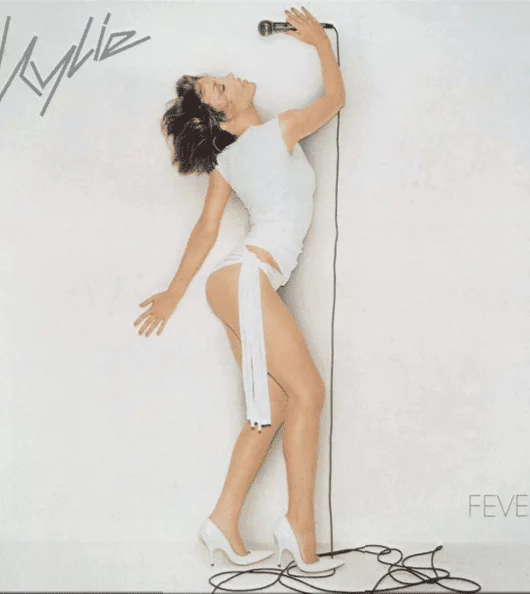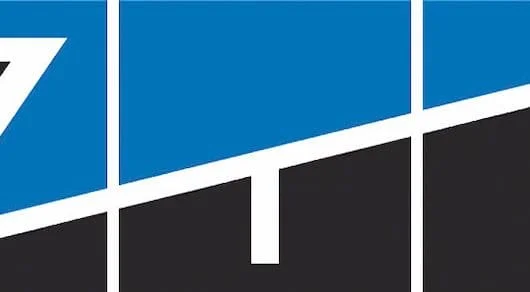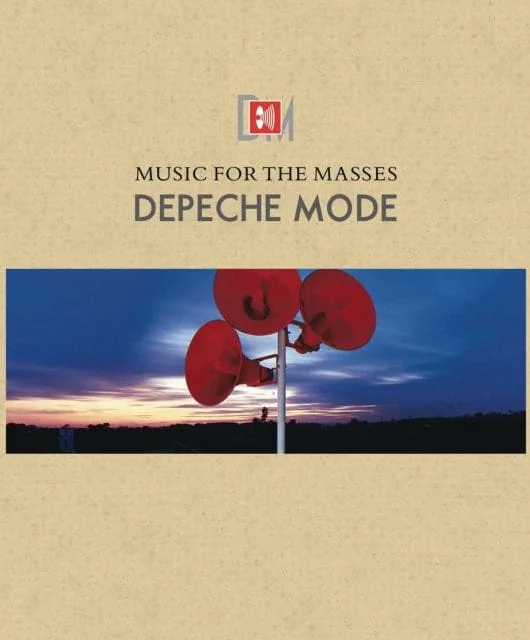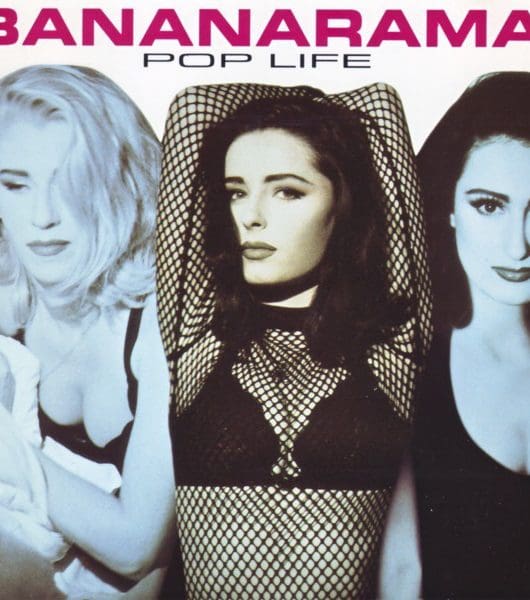To Infinity and Beyond: Jean-Michel Jarre interview
By Classic Pop | February 22, 2019
An icon of electronica who’s staged some of the most impressive live shows of all time, Jean-Michel Jarre is still looking to the future – and fine-tuning his new album in mid-air in a jet plane…
Simon Button
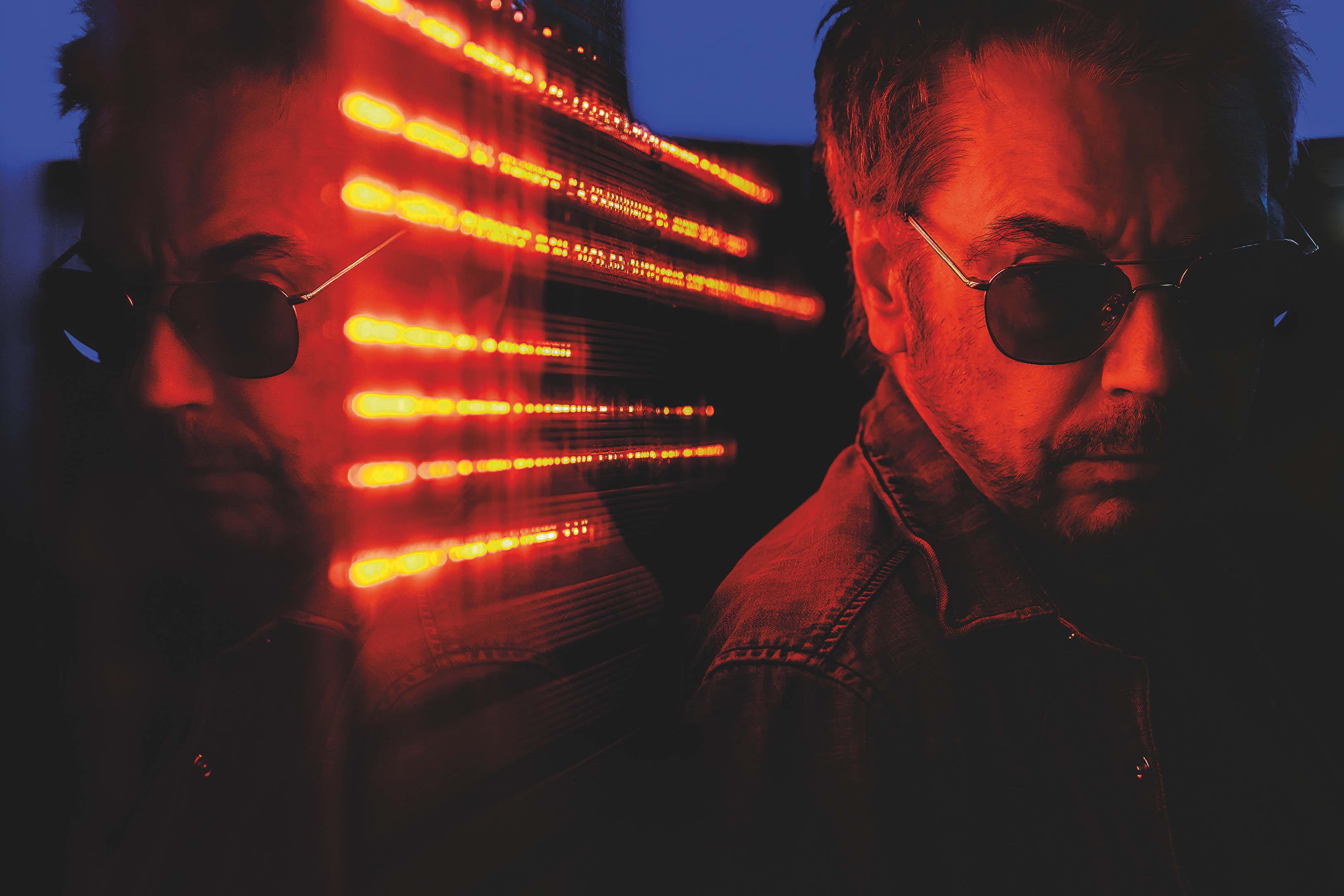
He came to fame in 1976 with the multi-million-selling Oxygène and has since been unofficially hailed as the ‘Godfather Of Electronica’. More than four decades later, as he celebrates his career to date with a two-disc compilation and launches the next chapter with a new album, Jean-Michel Jarre marvels: “I feel like I was part of the first wave of approaching music differently, in this new and exciting way, and I feel very privileged chronologically to have been there at the right time, at the beginning of something new and interesting.”
Sounding humbler than you might expect for a man whose current album-sales tally, according to his official website, is 80 million and whose live shows are second to none when it comes to spectacle, ambition and jaw-dropping locations, he adds: “When I started, I had no references. It was a mixture of excitement and innocence to be opening doors and entering virgin territories. It’s like the beginning of rock or punk or the beginning of any new style of music, where you’re just having fun and experimenting with new ideas and new concepts.”
Coming up in the wake of electro pioneers Kraftwerk and Tangerine Dream, Jarre took the sound of the avant-garde underground into the mainstream. He crafted Oxygène in a homemade studio in his kitchen, using analogue and digital synthesisers, assorted other electronic instruments, a few sound effects and an eight-track recorder. Seemingly destined for obscurity when no record company would go near it because of its obscure title, lack of vocals and long tracks, it eventually came out on a small French label and went on to crack the Top 10 in eight countries.
Following it up two years later with Équinoxe, with its richer and more complex sound, Jarre proved to be far from a one-hit wonder. It fell short of its predecessor’s phenomenal sales, but reached a respectable No.11 on the UK chart and remains a fan favourite. So much so, in fact, that Jean-Michel is revisiting it for his latest album – a four-decades-later follow-up called Equinoxe Infinity that ponders what the strange creatures from the original cover – rows of binocular-brandishing blue aliens called Watchers – have evolved into over the past 40 years.
“I thought it would be fun to think about what they became,” Jarre tells Classic Pop down the phone from his Paris home. “They symbolise, in a sense, the evolution of technology, because they’re like artificial intelligences watching humans and studying us. For the first time, I wasn’t starting from a musical point of view, but from a visual one.”
But he doesn’t care to label the new album a sequel as such, more an evolution. “It’s faithful to the structure of the first one, but it’s putting it on steroids, I guess. Again, it’s all electronic music to be faithful to the first one but it’s like: ‘If I was doing the original album today, what kind of instruments would I be using?’ so then I mixed some analogue instruments with very contemporary ones, as a bridge between the analogue and digital worlds.”
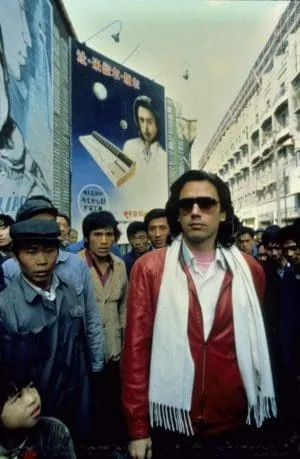
The Joy of Repetition
Sonically, Jarre feels he’s still mining the same style. “The process of combining sounds and working on structure is probably more or less the same,” he elaborates. “It has been more or less the same all my life. I remember one day the Italian film director Federico Fellini telling me, when I met him at a festival shortly before he passed away: ‘All my life I thought I was doing different movies, but I realise I’ve been making the same movie.’ That’s something that has stuck with me.
“I’m pretty sure that’s the case for a lot of artists who have a kind of distinct style, no matter what field they work in. If you think about Quentin Tarantino or The Beatles or Salvador Dalí, Francis Bacon, whoever… They’re saying the same thing, they’re all making the same movie, they’re all singing the same song as part of their artistic identity.”
But the nuts and bolts of the recording process have changed dramatically since Oxygène, which took eight months to make. Shortly before our chat, Jean-Michel was on a plane listening to the original mastering of Equinoxe Infinity and wanted to make some adjustments, so he opened up his computer and fine-tuned some things while in mid-air. Then he connected to WiFi when he landed at the airport, sent the new version to his mastering engineer, had a business meeting and, by the time he got to his hotel, the new masters were ready for his approval.
“Even, say, 15 years ago, I’d have had to go back to the studio, remixed the tracks with a sound engineer, then gone back to the remastering studio. It would have taken me three or four days, but it’s much quicker now. Our relationship with time and space has changed so much with advances in technology.”
The new album is being released hot on the heels of Planet Jarre, a four-part, 41-track retrospective spread across two CDs or four LPs curated by the man himself.
“Most of the time, I’m not a big fan of compilations or best-ofs,” he admits. “Sometimes it works when you just have singers recording songs for albums, but when each of your albums has an overall concept, it’s always difficult to pick out one excerpt, like taking one scene from a movie or one chapter from a book.
“So I said: ‘Okay, if we do this project, I should really approach it in a different way’. Listening to my existing work, I realised I have four different approaches when I work, so I decided: ‘Why not do this album in four different parts, four different territories, four different ambiences, based on the four different ways I work?’”
Thus we get discs devoted to Soundscapes (ambient and atmospheric pieces that draw on his passion for classical and movie music); Themes (song-like melodies done electronically); Sequences (electronica at its most hypnotic) and Explorations & Early Works (the title of which speaks for itself). The latter includes the demo recording of Music For Supermarkets – a Holy Grail for fans that was pressed on solitary vinyl for auction and played on radio before Jarre destroyed the master tapes as a statement against mass-produced music.

Oxygène of Publicity
The Planet Jarre release comes towards the tail end of a very busy year for Jean-Michel, who has been finishing Equinoxe Infinity and touring the States, where he made his US festival debut at Coachella, to rave reviews.
When he started out, he notes with amusement, he didn’t expect to be still be going strong all these decades later. In those early days, he recalls chatting with Mick Jagger, who told him that when The Rolling Stones’ career took off he thought they’d last maybe two years. “I felt exactly the same,” Jarre laughs.
The son of legendary film composer Maurice Jarre, Jean-Michel was raised by his mother from the age of five when his parents split and Jarre Snr relocated to America. He studied classical piano, mastered the violin, dabbled in jazz, then began experimenting with electronic sounds. His first couple of albums went unnoticed, then Oxygène proved to be a life-changing breakthrough – even though, he admits, he had no idea it was destined for success as he was making it.
“It took me totally by surprise. The album was so different and it was turned down by a lot of record companies, with them saying: ‘What’s that? You have no drummer, you have no singer, you don’t have a potential single or short tracks that can be played on the radio.” he laughs. “On top of all that, it’s French.” Also the cover, showing the Earth’s surface peeling back to reveal a skull, confused people. Even my mum said: ‘Why do you call your music after the name of a gas with a skull on the cover?’”
The album was eventually released on a small French label and licensed to Polydor, only gaining traction when Radio 1 played the whole album one night, a bold move that was followed by radio stations in France and the Netherlands. “Suddenly, it took off and the success was incredible, but you can never recapture that magic. The follow-up album is a totally different story, with totally different pressures. Before, no one is waiting to hear what you’re doing, but with the second album, everyone is waiting.”
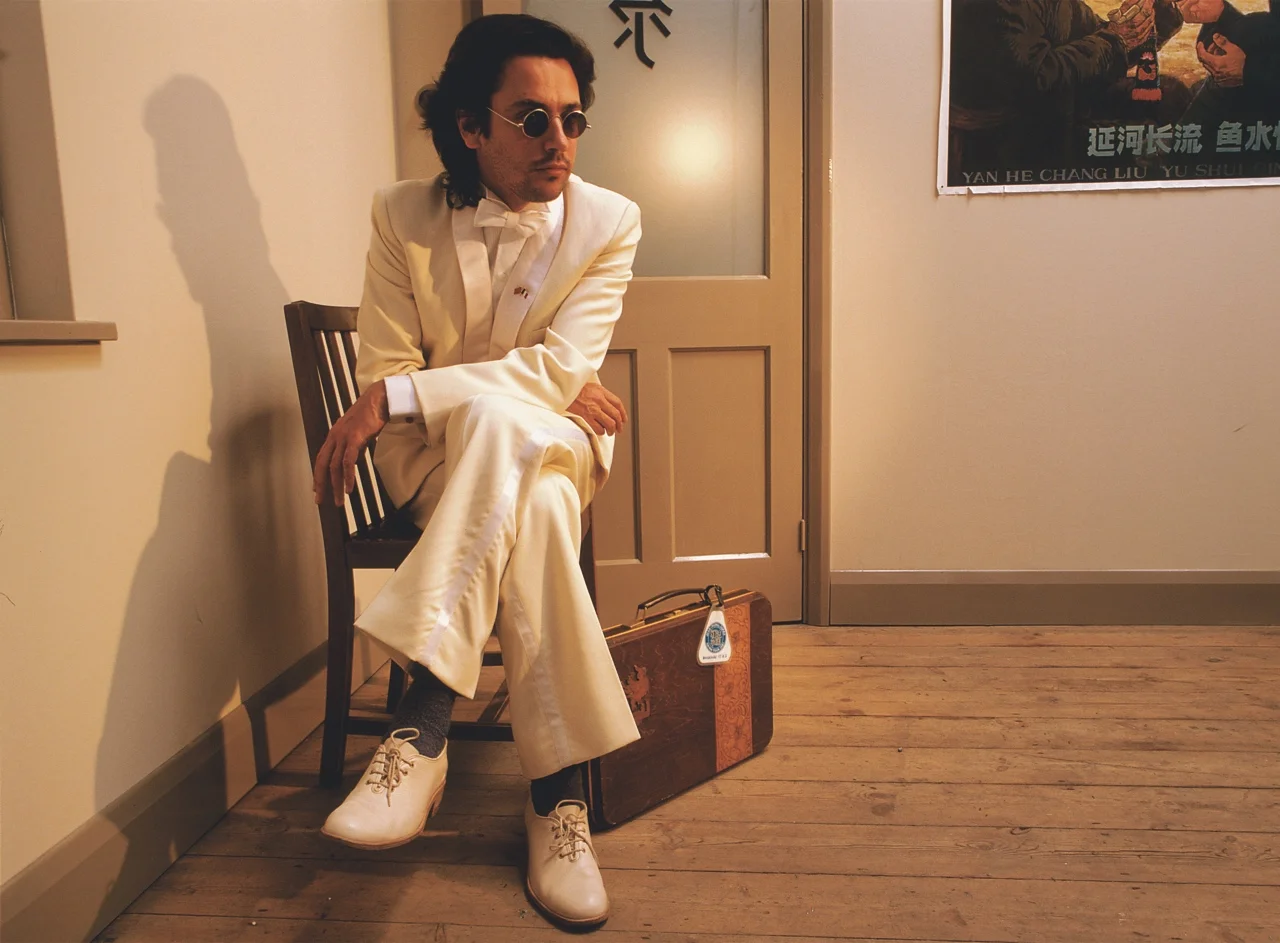
Awards, Tours
Still, Jean-Michel has done rather well for himself. He’s earned Silver, Gold and Platinum discs, countless awards and a string of Guinness Book Of Records entries for his epic concerts. Yet despite releasing the Planet Jarre retrospective, he says: “I’m not somebody who’s interested in looking back that much.”
If he had to pick a favourite from his 20 studio albums, it’d probably be Zoolook, his ambitious 1984 release that incorporated speech and singing in 25 languages described by the NME as a union between Kraftwerk and Scary Monsters-era Bowie. “I’m very proud of that album, but I’m always more excited about what I’m doing now and I must say I’m quite happy with this new Equinoxe. It’s a good bridge between what I’ve done before and what I’m doing now.”
Another career highlight is his Electronica project: two Electronica albums (The Time Machine in 2015 and The Heart Of Noise the following year) collaborating with the likes of Massive Attack’s 3D, Pet Shop Boys, Armin Van Buuren, Pete Townshend and Vince Clarke. “These are great artists who have been such an inspiration to me and it’s something I’d like to develop as a side project in the future, collaborating with other musicians across different generations. When you’re in rock, hip-hop or jazz, you work with a lot of other people, but electronic music makes for rather solitary work when you’re in the studio on your own. It’s not often you get to share the excitement of making music together, so I’m very happy when I get to work with such incredible artists.”
Then there are his legendary live shows, which began breaking records when he played at Place De La Concorde in Paris to celebrate Bastille Day in 1979. The million-strong crowd earned him his first Guinness Book Of Records entry, which he topped in 1986 when 1.5 million people attended the spectacle he staged in Houston to mark NASA’s 25th anniversary. He’s bettered his own record twice since then, with a 2.5 million attendance at La Defense in Paris in 1990 and a staggering 3.5 million witnessing his Moscow show seven years later. Jarre was also the first Western musician invited to perform in post-Mao China and he’s performed in locations as far-ranging as the Sahara Desert and London’s Docklands.
“I could write a book about the whole saga surrounding that,” he says of the delayed Destination Docklands spectacular he staged over two nights in October 1988 to promote the Revolutions album.
Attendance figures of 120,000 for his Twelve Dreams Of The Sun extravaganza in Egypt across New Year’s Eve 1999 and New Year’s Day 2000 might seem paltry by Jarre’s standards, but the Pyramids provided the most stunning of backdrops.
“That was very special,” he understates. “We were there for around three months preparing the show and it’s funny, because after a while, most of the crew stopped wearing watches. The sense of time changed around the Pyramids. It’s a strange, wonderful place, with a sort of magnetic feel. I feel so privileged to have been able to play in such incredible locations during my life – so many extraordinary situations.”
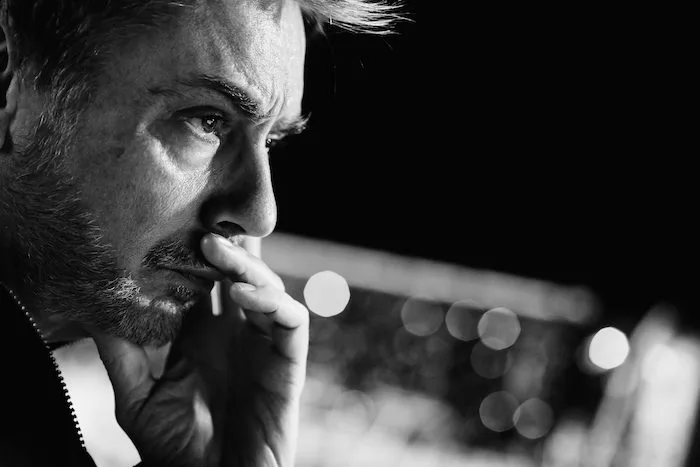
The Eternal Quest
What audiences see isn’t always what he intends; like when the Pyramids became shrouded in fog, meaning many of the elaborate projections he’d planned to beam onto them couldn’t be used.
“But when you realise 60% of an idea you have, I think that’s great. You have to push the limits of any project to the maximum, because to be honest, maximum is never achievable. There are so many variables, dealing with different countries with different cultures and so many different parameters – social, political, cultural – that there’s so much to be taken into consideration. It’s totally different to doing a normal tour. It’s two different worlds, using two different teams and crews. Doing a one-off event is like shooting a movie in one night. It requires very specific skills.”
Having turned 70 in August and, as he begins planning his next tour in support of Equinoxe Infinity, Jarre has no intention of retiring any time soon. “As artists, we’re obsessed with trying to do things like the ideal album or the ideal movie or the ideal novel,” he says. “It’s a quest, and each time you think you have it in your hand, it isn’t there. It’s like running in the desert – it’s the hope that keeps you going.”
He laughs: “I probably spend more time with musical instruments than I do with human beings and it’s not by choice, it’s just kind of an addiction. The excitement remains the same, so long as you’re healthy and your body continues to carry you.”
Pete Townshend, who Jarre collaborated with on both Electronica albums, is an inspiration. “When we were working on a track together, we were in his studio and it was like I was looking at a 17-year-old guy, as enthusiastic as he’d ever been. It was the same Pete who recorded My Generation.
“That’s what being an artist is to me. It’s timeless. Some artists reach a point where they go: ‘I’ve done what I wanted to do’ and
they stop. And why not, if that’s how you feel? But for me, I don’t feel I should stop, because I’m still so involved and so curious and so open to different experiences. With the technology we have in our hands now, it’s as exciting a time to make music as it’s ever been.”
Read more: Forever Free: Toyah interview



